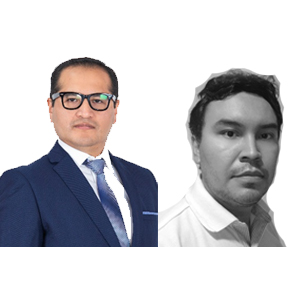Invited Speaker

Dr. Héctor Aroquipa Velásquez AND MSc. Álvaro Hurtado
Dr. Héctor Aroquipa VelásquezSchool of Civil Engineering Universidad Nacional Autónoma de Tayacaja (UNAT), Peru
MSc. Álvaro Hurtado
Instituto de Investigación Científica, Universidad de Lima, Peru
Speech Title: Strategies for Seismic Rehabilitation and Economic Viability for Resilience in Peru: Evaluating Disaster Risk Reduction Programs through Incremental Seismic Retrofitting
Abstract: This study proposes an advanced methodology to evaluate the efficiency of Disaster Risk Reduction (DRR) programs through a cost-benefit analysis of incremental seismic retrofitting interventions applied to an existing building portfolio in Peru. The methodology integrates probabilistic seismic risk analysis with financial indicators such as Net Present Value (NPV), Internal Rate of Return (IRR), and Cost-Benefit ratio, calculated at both market and social prices. This approach allows for a more precise evaluation of the economic and social feasibility of seismic interventions through incorporation of incremental seismic retrofitting strategies, maximizing infrastructure resilience against high-intensity seismic events. The methodological approach is based on the concept of Intelligent Circular Resilience, which encompasses three essential stages: risk understanding, mitigation, and response to seismic risk. These stages enable the identification and addressing of deficiencies in risk knowledge, treatment, and coordination among involved stakeholders. Different levels of structural intervention are proposed for school buildings, considering the optimal distribution of resources and maximum repair time as critical variables in the decision-making process. The results show that interventions unviable under market prices, such as reinforcing rural schools, become feasible with social prices. This underscores the importance of social value in DRR and equity in decision-making for vulnerable populations. Recommendations for DRR policies in Peru focus on structural improvements, community engagement, and institutional coordination to foster resilience.
